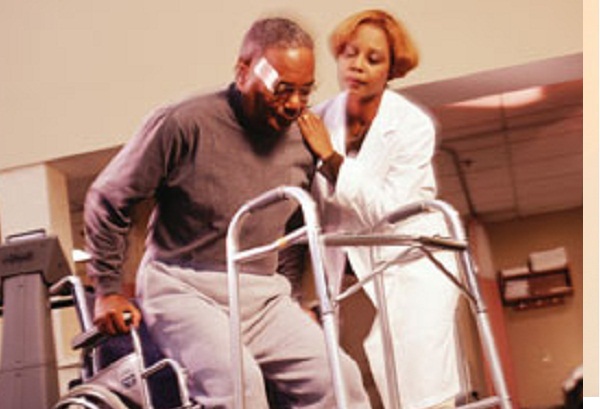
Unravelling mystery of stoke: From prevention to recovery
A stroke, a medical catastrophe that may permanently alter lives in minutes, comes with little warning.
Advertisement
According to the American Stroke Association, stroke also known as a Cerebrovascular, Accident (CVA) can be defined as a medical condition that occurs when blood supply to part of the brain is interrupted or reduced, leading to lack of oxygen and nutrients to the brain cells.
The World Health Organisation (WHO) also explains stroke as a clinical syndrome consisting of rapidly developing clinical signs of focal (or global) disturbance of cerebral function, lasting more than 24 hours or leading to death, with no apparent cause other than vascular origin.
For many people, a stroke is an invisible intruder with few warning indications until it hits.
The unexpected appearance of symptoms can be frightening for both sufferer and their loved ones.
There are signs for every sickness.
And with stroke, weakness of the lower limb, poor vision, when a person’s speech is not clear, slurred speech or difficulty in pronouncing certain words, dizziness, severe headache are some of the main symptoms.
According to WHO, seizure, Dysphagia, impaired consciousness, dizziness can also be a symptom of stroke.
Professionals have an acronym FAST that informs quickly about whether a person is having a stroke.
F stands for face, that is, numbness on one side of the face or mouth twisted to one side; A which stands for Arm, that is if a person experiences weakness in one arm; S, which stands for speech, that is a change in the speech, and T, which stands for Time, that is immediacy in taking a person experiencing all the three things above to the hospital.
Stroke recovery may be a difficult path for both the victim and their relatives.
Stroke rehabilitation is an important part of the recovery process, focusing on physical, occupational, and speech therapy to help many patients restore lost abilities.
Many stroke survivors have made great progress and regained their independence through dedication and endurance.
Stroke strikes people of various ages and socioeconomic backgrounds.
It is critical to raise stroke awareness and knowledge in our communities.
Regular public health campaigns, educational programmes in schools, and workplace wellness initiatives can all help to prevent stroke and improve outcomes for individuals who have them.
Adomako Gabriela Abena,
Student journalist,
Uni-MAC/GIJ.




